Many changes were made to the initial design of the car as it stayed in production. Most of them were subtle, but, if you know where to look at, they make the period when a car was manufactured, or, sometimes, even a particular year of manufacture, visually discernible.
Most commonly, aficionados divide the production of the GAZ-24 Volga into three distinct “series”. This classification is in no way official and was not used by the manufacturer.
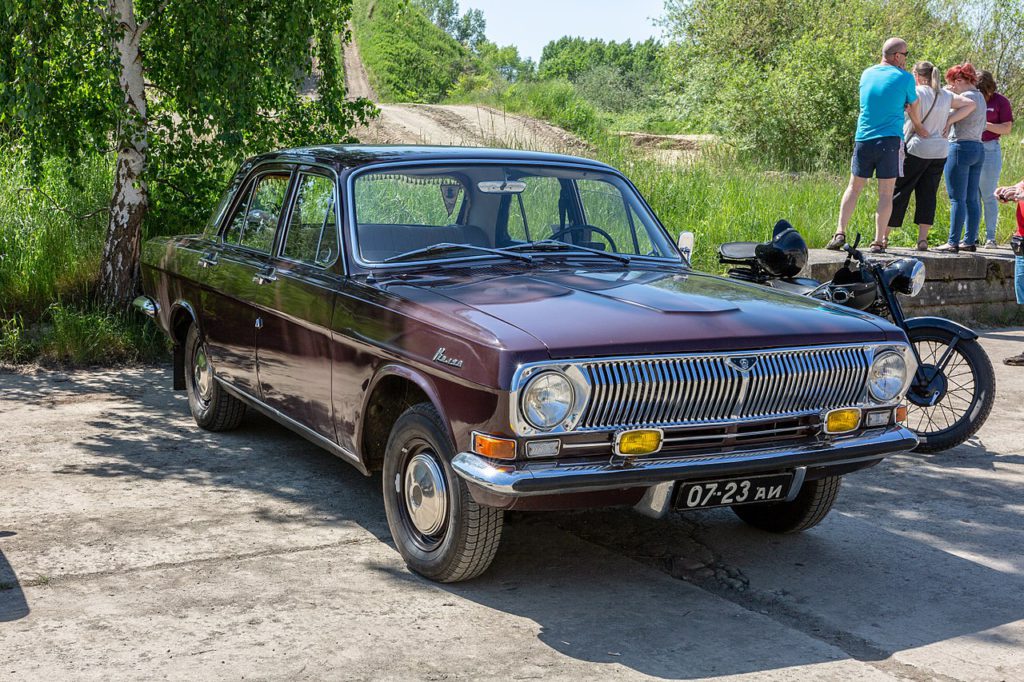
(the fog lights on the front bumper are a later add-on).

The production run of the “first series” of GAZ-24 was between 1969-1970 and 1976 (or 1977, or 1978 – depending on who you ask). Many small changes were made during this period, especially its first five years, but most of them are not readily apparent to a casual observer.
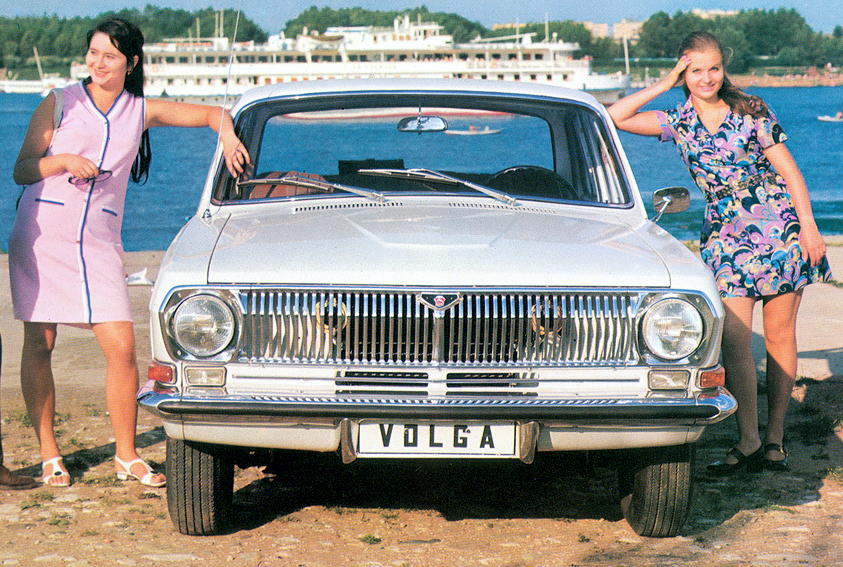
The most simple way to distinguish the three “series” of GAZ-24 is to look at the front bumper valance panel (the body panel behind the front bumper that acts as a splash shield for the engine bay). Unmodified “first series” cars have a long bright horizontal molding on the valance panel that goes all the way from one of the parking lights to the other.
Other most prominent features of the “first series” cars are the chromed “fangs” flanking the license plate holder below the front bumper, and a painted metal dashboard without any soft plastic parts (the black covering on top is just vinyl without any padding).
During 1976-1978 there was a “transitional period”, when the features of the “second series” were being gradually introduced into production cars.
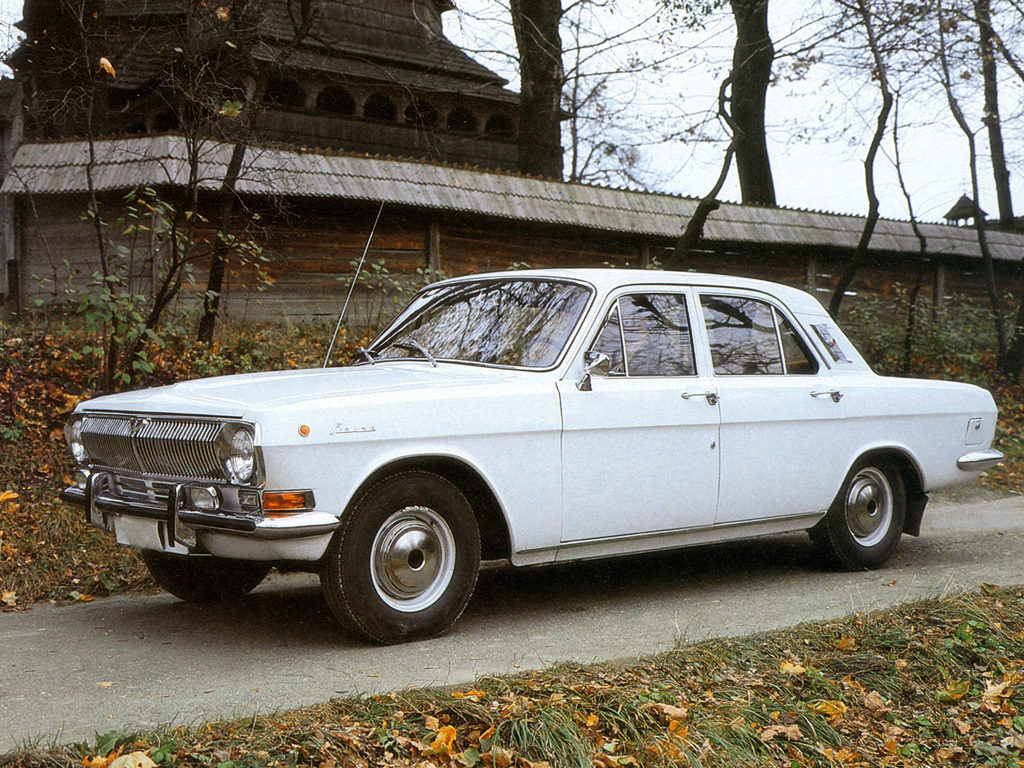
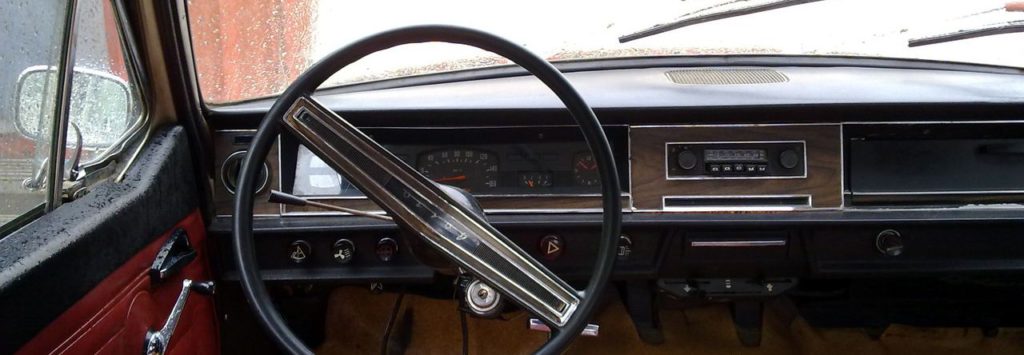
The fully fledged “second series” cars came in October, 1978, and were produced until 1984 with very few subtle changes. They featured bumper guards, both front and rear, turn signal side repeaters on the fenders, and a plastic covered dashboard, among other details.
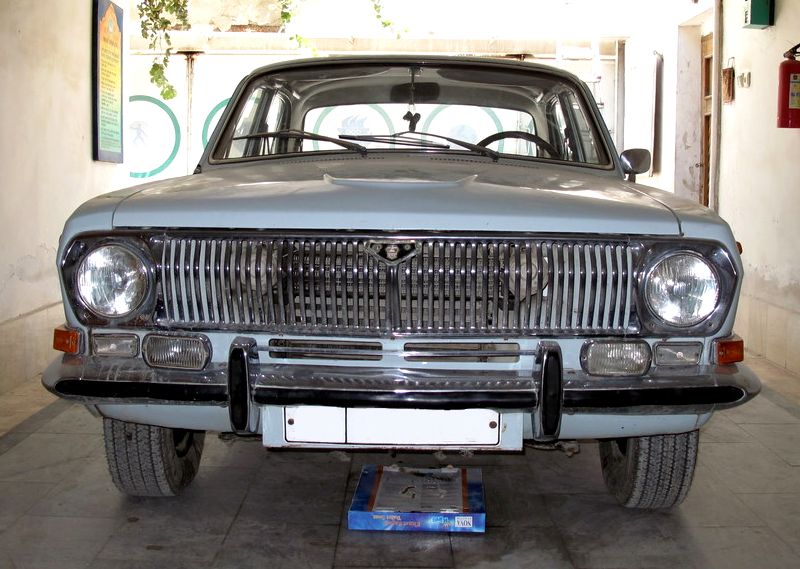
But probably the most sure tell-tale sign of a “second series” car is a valance panel that features both parking lights and a shortened molding, that only goes the distance between the bumper guards. Other features may be missing, but the valance panel is typically either original, or replaced with the later GAZ-24-10 part that has no parking lights.
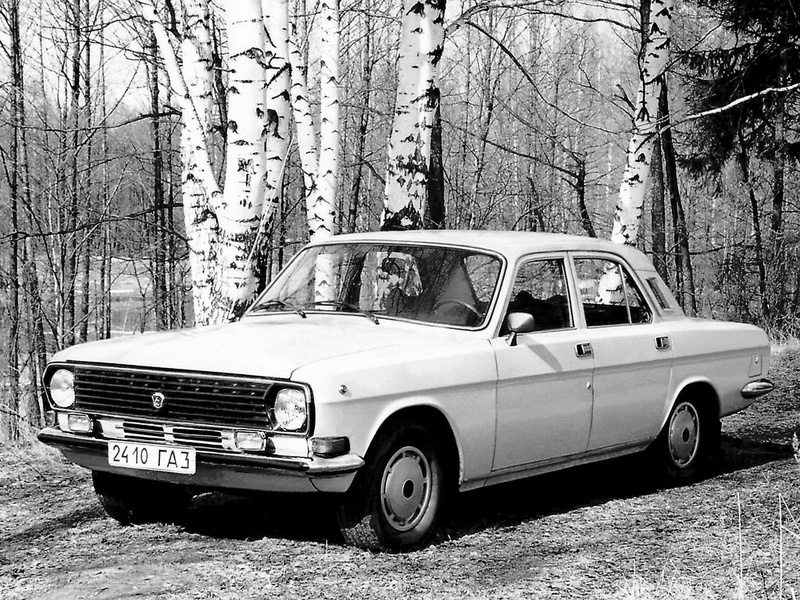
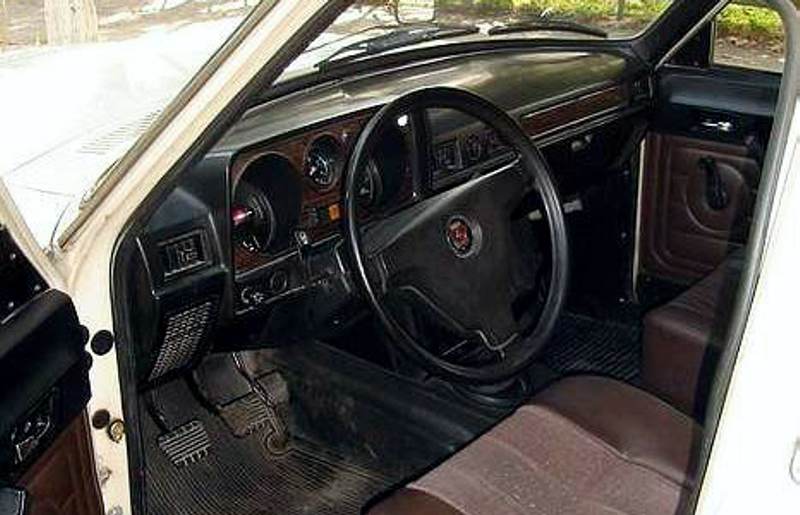
The “third series” is kind of a separate model, dubbed GAZ-24-10 by the manufacturer, but it is still very heavily based on GAZ-24. The transition started in 1984, and was completed by mid-1986 (however the wagon was not updated until 1987).
The most obvious differences include valance panel without parking lights (they were integrated into headlights), flush outside door handles, black plastic grill, wider wheels with radial tires and plastic covers, and a completely new interior with a hard molded plastic dashboard, different seats with headrests, new door panels, etc.
Keep in mind that many cars have been modified by their owners or received GAZ-24-10 body parts during repair, and today may look exactly like a GAZ-24-10, despite being built before 1985. That’s one of the unfortunate drawbacks of backward compatibility, it seems.
A much more detailed, month-by-month list of changes can be found in the Russian version.
